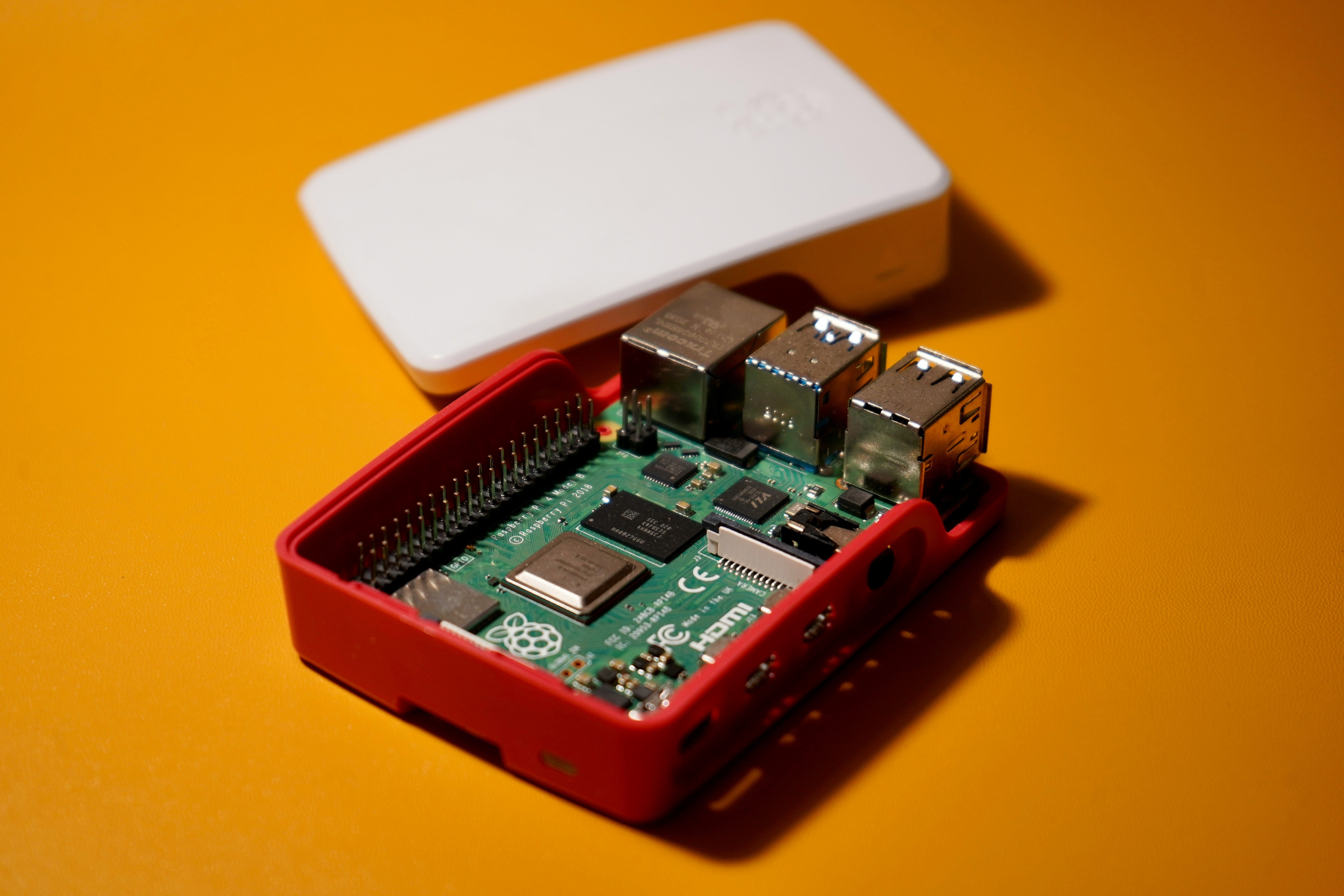"Cracking the Code: The Future of Biometric Security Systems"
The world of tech is moving at lightning speed, and one area that's gaining traction is biometric security systems. From fingerprint sensors to facial recognition, this technology promises to make our lives safer and more convenient. But how did we get here, and what does the future hold for biometrics? Let's dive in.

A Walk Through Time: The Evolution of Biometrics
Biometrics, the scientific term for body measurements and calculations, has been around for centuries. However, it wasn’t until the 1800s that this technology was used for identification purposes. In the early days, physical characteristics such as height, eye color, and distinguishing marks were used to identify criminals. With the advent of computers in the 1960s, biometric security systems started to take a more digital form.
The first automated fingerprint recognition system was developed in the late 1960s. This marked a significant breakthrough in biometric technology, leading to widespread adoption in law enforcement and immigration control. Over the years, technological advancements have pushed the boundaries, with biometrics now being used in voice recognition, iris scanning, and even vein pattern recognition.
Biometrics in the Here and Now
Today, biometric technology is everywhere. From unlocking your smartphone to boarding a flight, these systems have become an integral part of our daily lives. The market for biometrics is booming, with predictions that it could reach $76.6 billion by 2027, up from $17.28 billion in 2018.
Smartphones have played a pivotal role in the widespread adoption of biometrics. Apple’s introduction of Touch ID in 2013 marked a significant milestone, making fingerprint recognition mainstream. Since then, we’ve seen a shift towards facial recognition, with Apple’s Face ID leading the charge.
Breaking New Ground: The Future of Biometrics
Looking ahead, the future of biometrics is exciting and filled with potential. One area that’s gaining attention is behavioral biometrics. This technology uses data such as typing patterns, mouse movements, and even walking gait to identify individuals, offering an additional layer of security.
On the horizon, we also have emerging technologies such as heartbeat recognition and brainwave identification. While these may sound like science fiction, research is already underway. For instance, a team of scientists at Binghamton University has developed a system that can identify individuals based on brainwave patterns.
Market Impact and Pricing
As for the market impact, the rise of biometrics has disrupted several industries, from tech to banking and even healthcare. Companies are investing heavily in this technology, with the likes of Apple, Google, and Samsung leading the charge. As for the pricing, it varies considerably, depending on the technology and application. For instance, a biometric door lock can cost anywhere from a few hundred to several thousand dollars.
Final Thoughts
The world of biometrics is evolving at a rapid pace, offering new and exciting possibilities. While there are concerns around privacy and data security, the benefits of convenience and enhanced security cannot be ignored. As technology continues to advance, there’s no doubt that biometrics will continue to shape the future of security systems. It’s clear that we’re just scratching the surface of what’s possible, and the coming years promise to be exciting. Stay tuned as we continue to delve into the world of cutting-edge technology.




